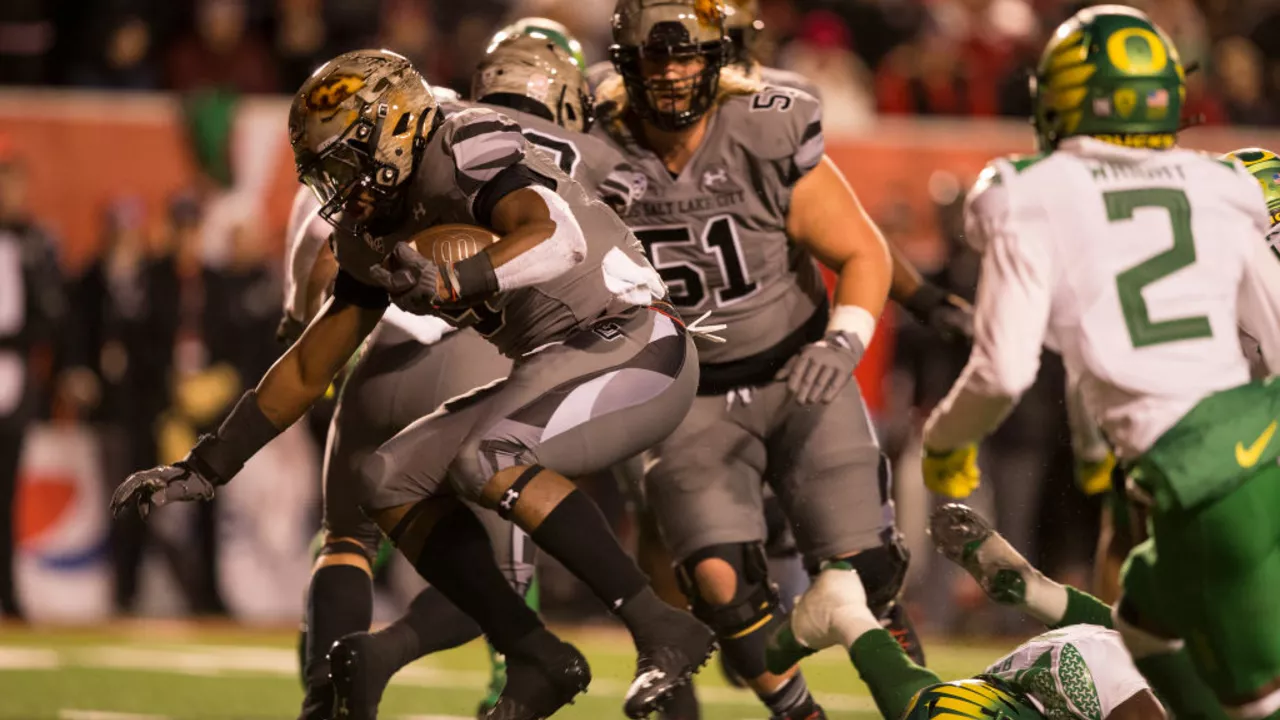Eligibility in Sports: Rules, Criteria, and What It Means for You
When working with eligibility, the set of rules that decide who can take part in a competition or receive a sports benefit. Also known as qualification criteria, it shapes everything from team rosters to fan experiences.
One major branch is college sports eligibility, academic performance and amateur status requirements that student‑athletes must meet to compete. This framework links education and athletics, forcing players to balance grades with training. When a player slips academically, the eligibility clock stops, forcing a roster shuffle that can change a season’s outlook.
Another key area is injury eligibility, rules that determine whether an injured athlete can be listed as active, inactive, or placed on a reserve list. Teams use these rules to manage salary caps and squad depth. A broken ankle might render a star player ineligible for weeks, opening spots for younger talent and reshaping game plans.
On the competition side, tournament eligibility, the set of criteria a club or nation must satisfy to enter a cup or league season often includes licensing, financial health, and past performance. A club that fails a financial fair‑play audit becomes ineligible, which can knock it out of a coveted European tournament and shift the entire draw.
Underlying all these examples are the broader player eligibility criteria, individual factors like age, nationality, transfer status, and disciplinary record that affect a player’s right to play. Age limits lock out senior players from youth leagues, while nationality rules dictate who can represent a national team. Transfer windows add another layer, making a player eligible for a new club only after paperwork clears.
These concepts are tightly connected: eligibility determines who can compete, injury eligibility influences roster depth, tournament eligibility sets the stage for whole‑season narratives, and player eligibility criteria tie personal histories to team strategies. In practice, a college athlete’s eligibility may hinge on an injury that also impacts a team’s tournament qualification chances.
Across the posts below you’ll see real‑world examples of these rules in action – from a new kit celebrating a historic win (which required meeting league branding eligibility) to an Arsenal injury update that shows how clubs manage eligibility after setbacks. You’ll also find discussions about dual‑sport college athletes, eligibility debates around freshman quarterbacks, and the impact of eligibility on fan experiences at events like the Super Bowl.
Ready to see how eligibility shapes news, decisions, and debates across the sports world? Below is a curated list of articles that illustrate each angle, giving you practical insights and up‑to‑date stories on the topic.
Can a 2-loss team make the college football playoff?
It's a popular debate among college football fans - can a 2-loss team really make the playoffs? The answer isn't so cut and dry. While it's certainly not common, it's not entirely impossible either. The key factors include strength of schedule, performance in crucial matchups, and the overall competitive landscape of the season. So, while it's an uphill battle, a 2-loss team can still hold out hope for a playoff spot.





